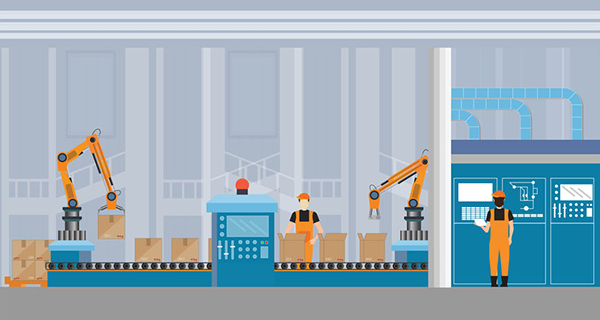
- 1 Comment
- admin
- March 2, 2021
Material handling is a critical element in a factory or a warehouse. The word “material” includes everything from raw material to work in process, sub-assemblies and finished assemblies. Simply put, a material handling system involves handling, storing, and controlling materials in an integrated fashion. The primary purpose of using a material handling system is to ensure the safe delivery of the right material at the intended destination at the right time at an optimized cost.
In this context, automation can play a vital role. Read on to find answers to the most common questions related to the automation of material handling systems.
- What are the different types of material handling systems prevalent today? What is the application for each system?The most common systems in use today are –
 Bulk material handling system – these pertain to storage, inspection and transport of bulk and loose-shaped material. For the horizontal movement, the conveyor belt is commonly used to manipulate bulk material, while elevators work better for vertical movement.Examples of equipment: Buckets and grain lifts, conveyor belts, silos and hoppers, reclaimers, stackers.
Bulk material handling system – these pertain to storage, inspection and transport of bulk and loose-shaped material. For the horizontal movement, the conveyor belt is commonly used to manipulate bulk material, while elevators work better for vertical movement.Examples of equipment: Buckets and grain lifts, conveyor belts, silos and hoppers, reclaimers, stackers.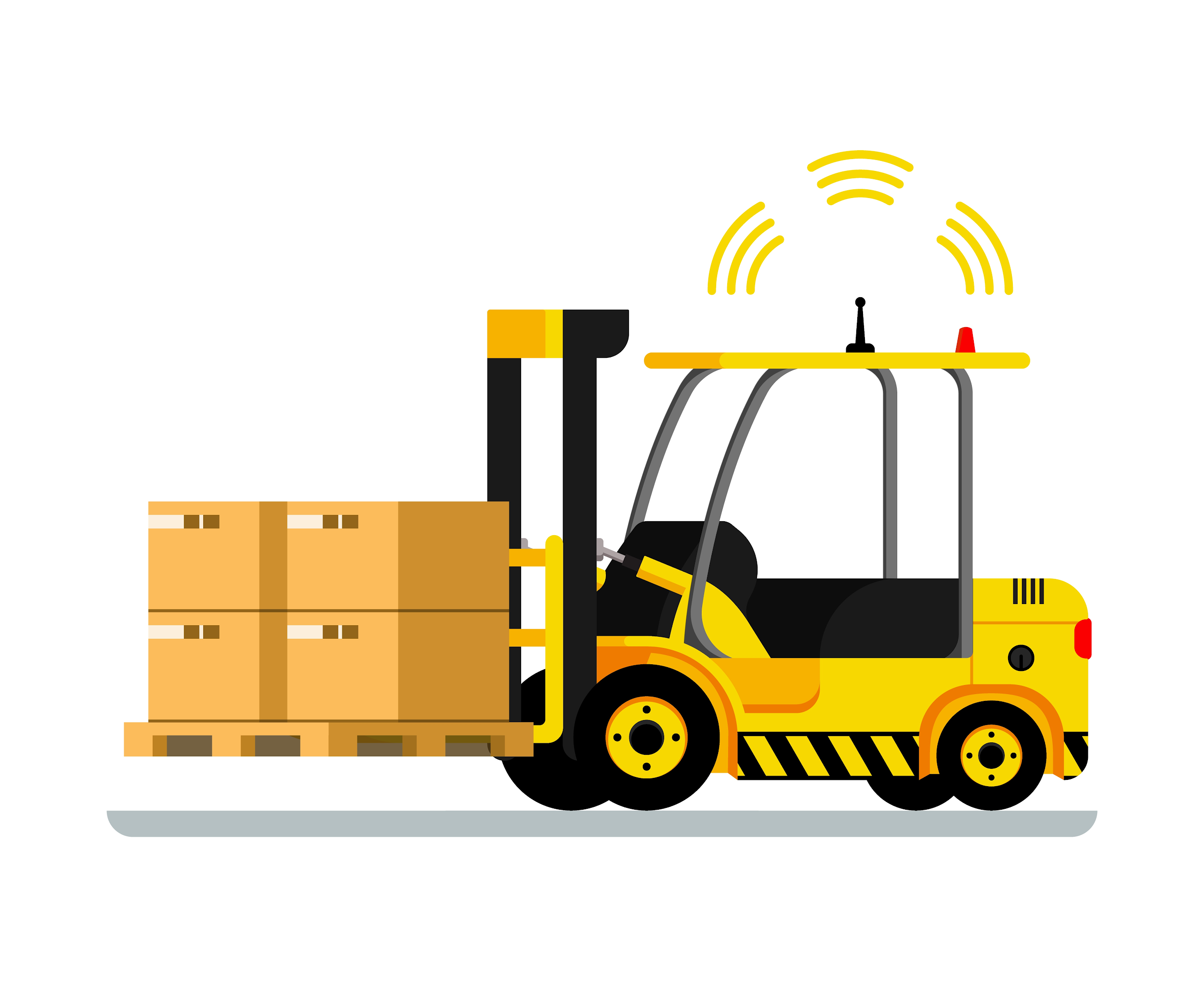 Industrial Trucks –
Industrial Trucks – Industrial trucks (material handling trucks) refer to the various transportation equipment and vehicles used for efficient loading (or unloading) of heavy objects on delivery trucks. These trucks have a range of features to make them suitable for various operations. Small hand-operated trucks, pallet jacks, and different kinds of forklifts are examples of features attached to these transportation devices. Some trucks have forks or a flat surface to lift objects, as in a forklift, whereas some trucks need a separate piece of loading equipment. Trucks can also be manual or powered lifts, and it is possible to walk or ride service, requiring a user to drive them manually or ride on the truck. A stack truck can be used to stack objects, whereas a non-stack truck is usually used for transport and not for loading. Some systems can be driven while others, such as pallet trucks, can add mobility.
Examples of equipment: AGV and platform, pallets and platform trucks, walking stacker, side loader.
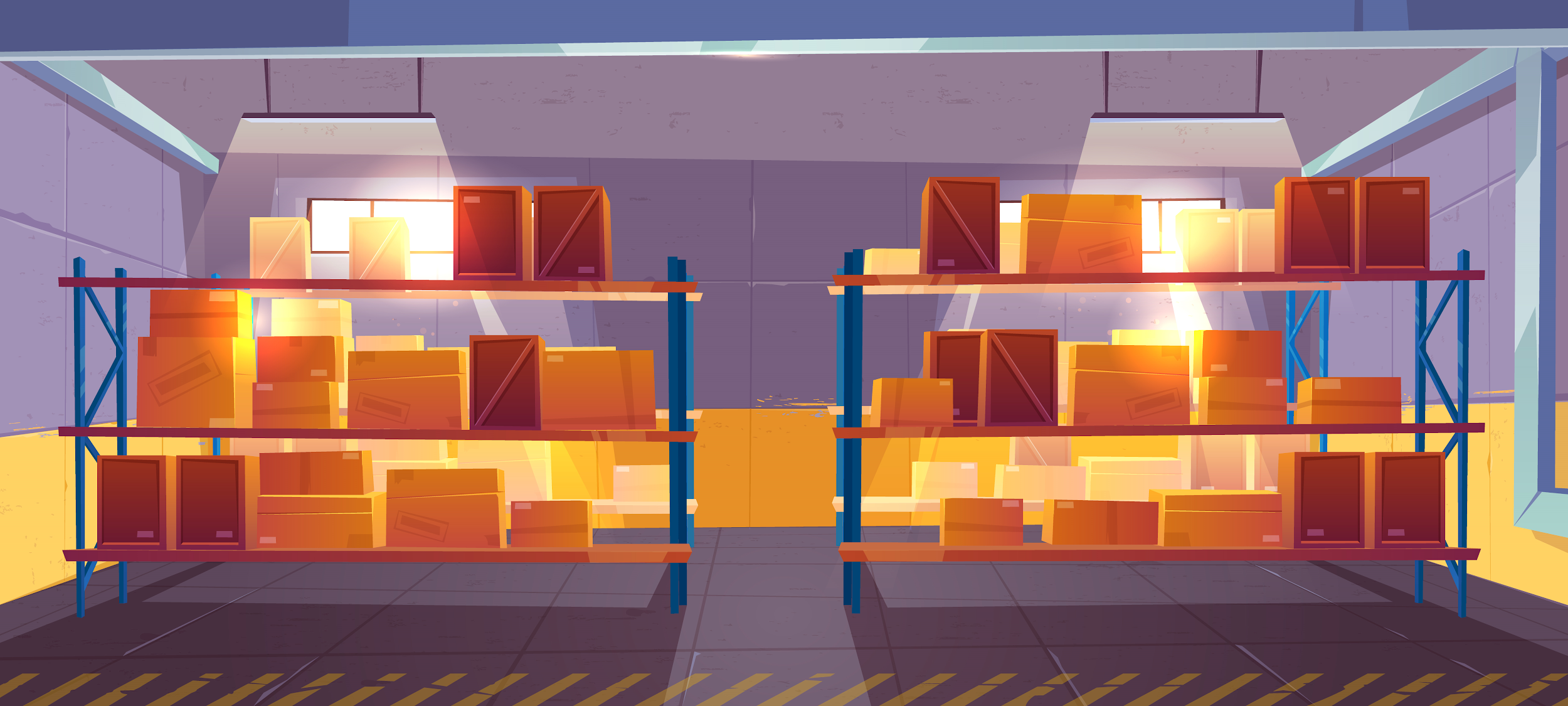
Storage and handling equipment – these include pallets, racks or shelves. Space optimization is a critical aspect in any production or storage environment as it directly correlates to efficiency.
Examples of equipment: Drive-in rack, pallet rack, shelf, stacking frame, sliding rack
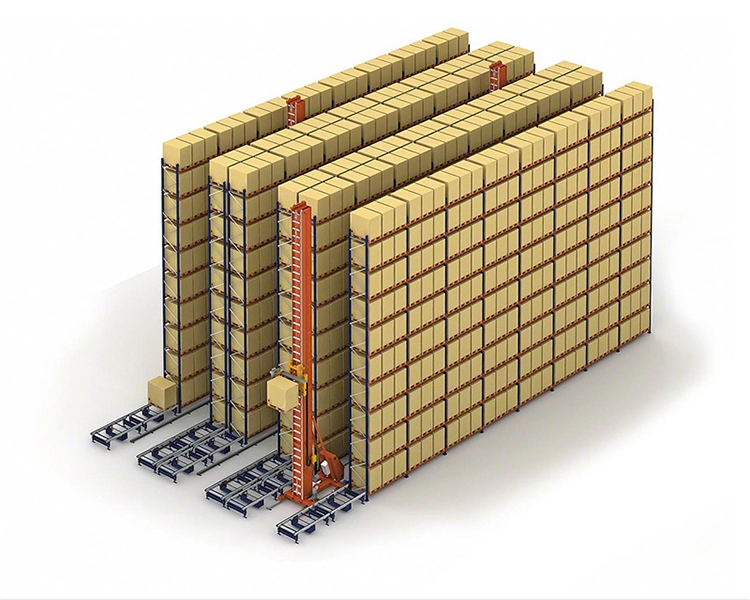
Engineered systems – Typically, this type of material handling equipment is an automated unit that works together to allow efficient storage and transport of large materials or large volumes of materials around the production floor. An example of an engineered system is “Automatic Storage and Retrieval System” (ASRS). ASRS is a large data-driven automated unit with shelves, racks and aisles. The item movement in ASRS happens with shuttles (a mechanized vehicle) and vertical lifts. ASRS can be integrated with the current production WMS to maintain efficient inventory management and other logistics processes. This can be incorporated into additional production stages to automate as much as possible.
Autonomous Mobile Robots (AMR) are another prime example of engineered systems. AMRs come in many different varieties that can be used in several ways in order-fulfilment operations, including transporting product and freight within the facility, assisting in the pick-up process, facilitating sorting, increasing inventory visibility.
Examples of equipment: ASRS, robot delivery system, conveyor system.
- Why is automation necessary in material handling? To what extent can each process be automated?In the logistics and supply chain industry, every aspect of efficiency matters, incentivizing many facility managers and decision-makers to turn to automated material handling. Automation brings in operational flexibility and efficiency and enables a reduction in manufacturing lead times and faster shipping. In today’s age of rapid growth in the eCommerce arena, factories and warehouses can handle a significant increase in volumes with greater ease by opting for automation.The graphic shows that many areas can be automated.
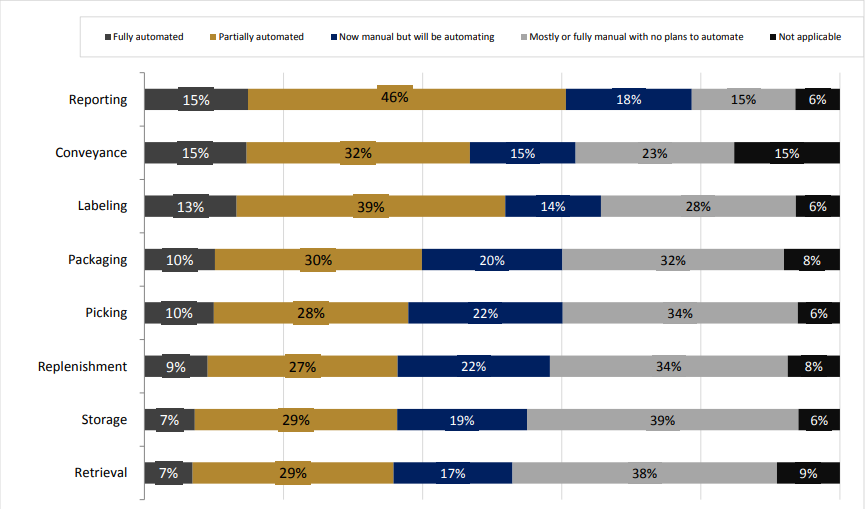 Source: MMH
Source: MMH - What are the factors to be considered while evaluating automated material handling systems?A Peerless Research Group report gives insights on the crucial factors that play a role while choosing an automated material handling solution. Durability and reliability, support services and cost of ownership are the top three considerations among buyers.
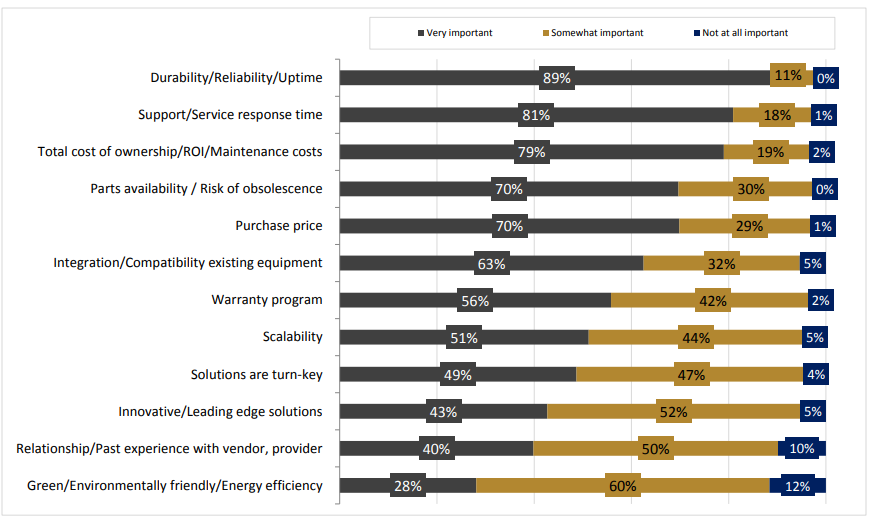
Concluding thoughts
The rapid growth in manufacturing and warehouse operations in recent years worldwide has shown that the material and handling industry needs to invest in automation as a part of its long-term growth strategy. In fact, it is a must to ensure they thrive in an increasingly competitive and challenging environment.
Contact us to discuss your automation requirements, email us at info@nextfirst.com and request a detailed look at our material handling automation solutions.
A prime example of large-scale adoption of material handling automation solutions is the implementation of a compact, high throughput ASRS system for a major e-commerce company that improved topline and bottom-line. Read more


1 Comment
Very insightful